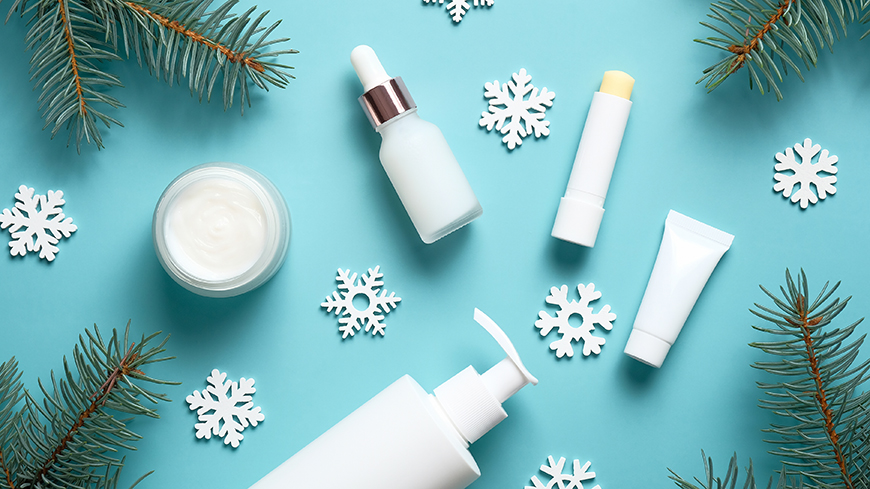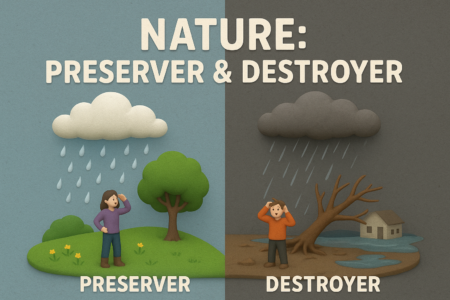Numerous variables, such as the environment, food, and work-life balance, might contribute to dry skin. particularly if it continues to be dry even after moisturizing it.
It is crucial to understand that while the symptoms of dry skin may be addressed locally and topically, it is as necessary to take a comprehensive approach to the underlying causes and deal with them head-on.
You are what you consume
Food has a significant impact on how our skin looks, how we respond to various foods and may be allergic to them, as well as how stress eating manifests.

A diet strong in fatty acids, foods containing vitamin E, mono-saturated fats, and beta-rich carotene can all help to an overall improvement in skin tone, reducing dryness and puffiness. For instance, consuming overly processed or sugary meals might contribute to problem regions.
When you consider those meals, you virtually feel their creamy richness nourishing you from the inside out, giving your skin a healthy shine on the exterior and assisting you in overcoming dry skin despite applying moisturizer to it.
Conditions that conflict
Similar to how applying oils to oily skin can improve it, reducing the amount of surface moisturizer can benefit dry skin.
Certain emollients for dry skin take moisture from the subcutaneous layers, giving the appearance that the skin has just been moisturized. However, they really “drain” the skin from the inside, producing a cycle where more moisturizing is always needed.

Be cautious not to over moisturize and instead treat the targeted areas with a moderate, light moisturizer that contains Moringa, a vitamin-rich cold-pressed oil, and sandalwood. This is especially important if you have dry skin patches in an otherwise normal to oily skin tone. Sandalwood is a natural astringent that stops the skin from being too saturated.
Keeping your skin clean
The need to wash must come after the necessity to moisturize dry skin since any increase in moisture on the skin’s surface produces a film to which external pollutants might stick, leaving your skin dry even after you moisturize. For this reason, it’s crucial to gently cleanse dry skin regions.
Pure Patchouli essential oils are included in the face scrub, which not only soothes the skin but also treats dryness.

Patchouli is a great cleaning component for any skin type that suffers from dryness because it is used to treat dermatitis and eczema.
Before rinsing, let the cream seep into the skin and pat it dry before using a very mild moisturizer.
Since Soothing Balm has anti-inflammatory characteristics that help lessen the redness frequently linked to dry skin, it can be applied at night to promote deeper skin healing.
The weapon of weather
No matter where in the globe we live, every season—whether it’s the chilly winds of winter, the dry heat of summer, the stinging winds of fall, or the first rays of spring—can affect our skin.
When you develop a skincare routine that works for you, be sure to customize your products to meet not just the unique demands of your skin but also the climate in which it lives.

For instance, if you live in a cold climate, you likely use relatively rich moisturizers, creamy cleansers, and less astringent toners. In contrast, if you lived in the tropics, you would use a light moisturizer, cleansers that deeply exfoliate, and a toner that would effectively reduce moisture.
This may seem like plenty, but it’s also crucial to consider the skin’s living qualities, including its capacity to regenerate, shed skin cells, and respond to stimuli. Applying a transitional alternative might help when dry skin during seasonal changes becomes a concern.
Vitamin A, C, D, and E-containing borage Rich in fatty acids, facial oil serves as a barrier against moisture loss and “feeds” the outer epidermis with the oil it requires to exhibit suppleness and radiance.
Take care of every aspect of yourself
Don’t allow the obvious difference between facial skin and body skin to be your only point of comparison. The skin of the face is thinner and has smaller pores than other parts of the body, but there are differences between the elbow and the back of the hand, as well as the heel and the inner thigh!

Your body has trouble regions that you may notice while dealing with dry skin disorders. Stress is frequently the source of dryness in these places, which are most frequently found behind the knees, on the elbows, or at the hairline.
Bottom Line:
There might be a general reaction to being exhausted while still performing at your best, the stress of allergies, or something else that occasionally requires medical expertise to determine. Here, your skin is the message, and it would be wise to take things a bit more slowly. Take some time to consider what, who, or where stresses you out.






